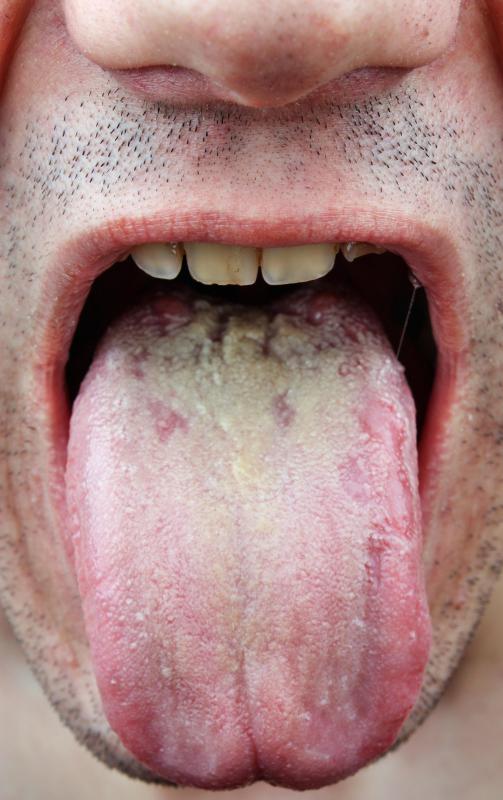At TheHealthBoard, we're committed to delivering accurate, trustworthy information. Our expert-authored content is rigorously fact-checked and sourced from credible authorities. Discover how we uphold the highest standards in providing you with reliable knowledge.
What is Cutaneous Candidiasis?
Candidiasis is a common infection caused by one of the species of Candida fungus. When Candida infects the skin, the resulting disease is called cutaneous candidiasis. Diaper rash, oral thrush and vaginal yeast infections are all examples of cutaneous candidiasis.
Candidas are yeasts of about 4 microns to 6 microns in length. They reproduce by budding new yeasts off the parent yeast cell. Members of the Candida group are found naturally on skin, in the mouth, in the vagina and in the intestines. They cause disease through overgrowth under certain conditions, such as high blood sugar, antibiotic treatment or poor hygiene. The group includes 154 species, but the species Candida albicans is the most common cause of cutaneous candidiasis.

The symptoms of a Candida skin infection include itching, rashes and skin lesions. The skin lesions may have satellite lesions, meaning smaller lesions appear close to larger lesions. The area affected is red with inflammation and the rash spreads outwards. Hair follicles can also become infected, creating a condition known as folliculitis, so pimples appear on the skin.

The most common locations for cutaneous candidiasis are moist, warm and creased areas such as the groin or armpits, but the infection can affect almost any area of skin on the body. Diaper rash occurs because the skin under the diaper is kept warm and moist. Cutaneous candidiasis may also cause nail infections and infections of the corner of the mouth.

Risk factors for cutaneous candidiasis include obesity, poor hygiene and diabetes. Antibiotic treatment and oral contraceptives also increase the risk of developing the disease. People with immunodeficiency diseases and people who have recently taken antibiotics are more likely than the general population to develop oral candidiasis.
Doctors diagnose the disease mainly through the appearance of the skin, but they may also take skin scrapings for microbiological identification of the yeast. Treatment includes anti-fungal topical creams or ointments for skin infections, but people with nail infections or infections involving the mouth, throat or vagina can take oral medication. The skin should also be kept dry and exposed to the air. Cutaneous candidiasis in obese people can be eliminated through weight loss, and diabetics can reduce their risk by avoiding high blood sugar levels.
Infection of the nails can cause the nails themselves to grow oddly. The disease in immunocompromised people may become widespread throughout the body. Cutaneous candidiasis is treatable, but recurring infections are common.
AS FEATURED ON:
AS FEATURED ON:



















Discuss this Article
Post your comments